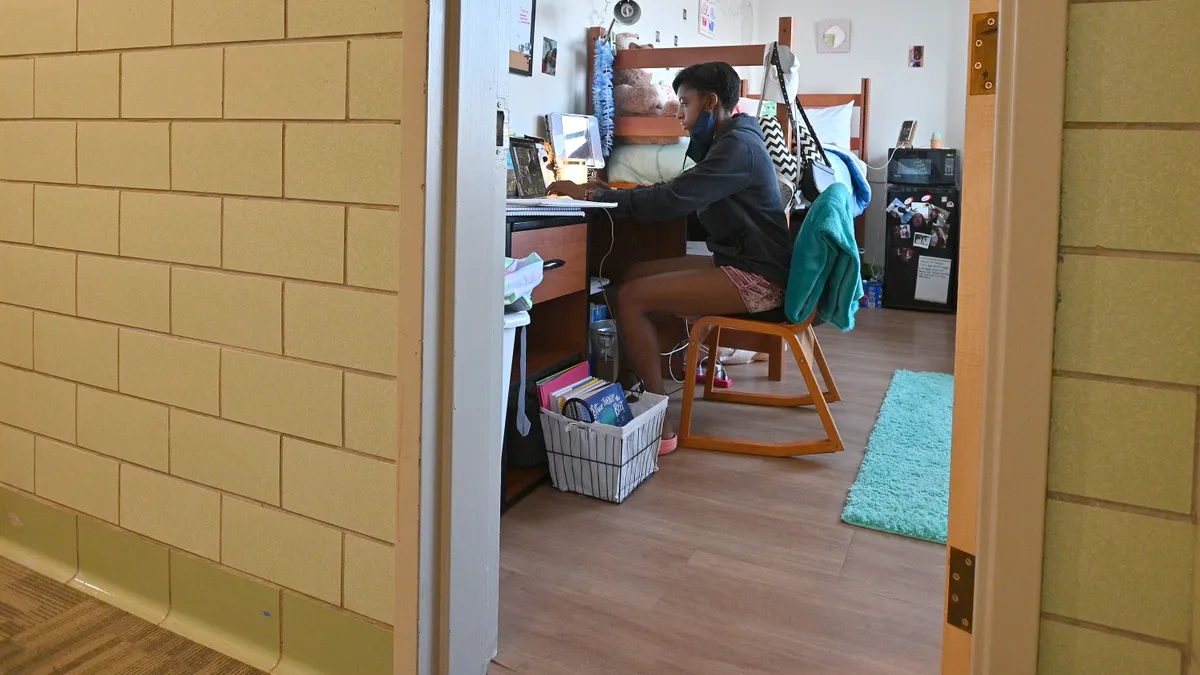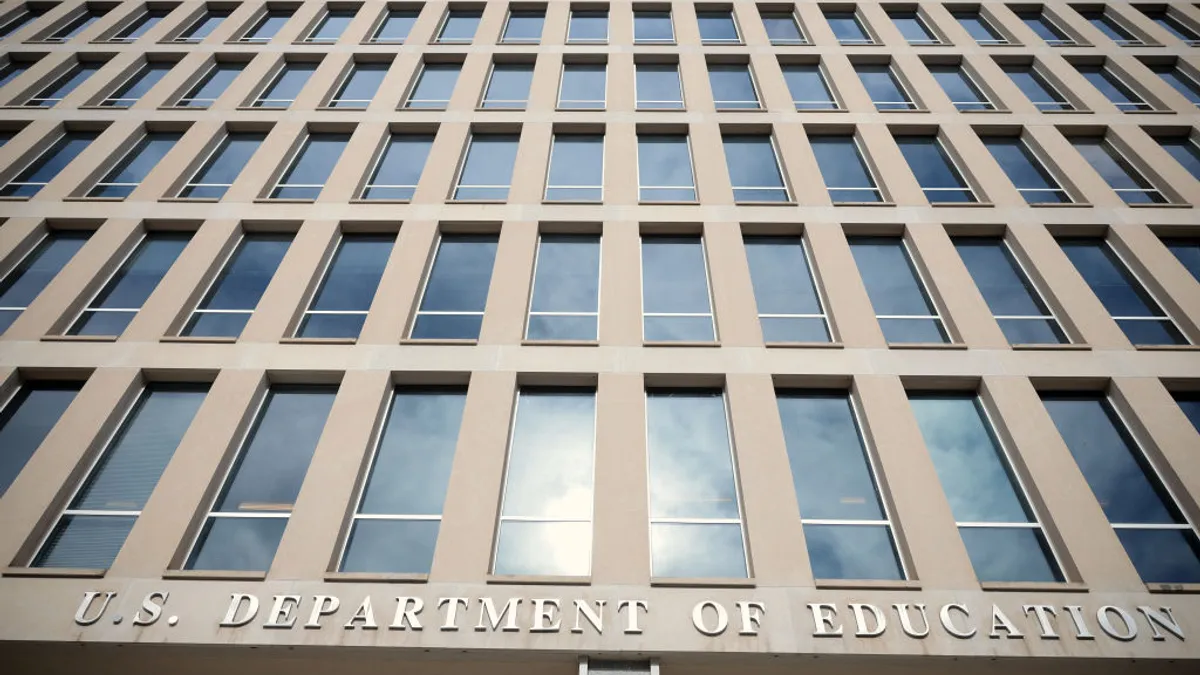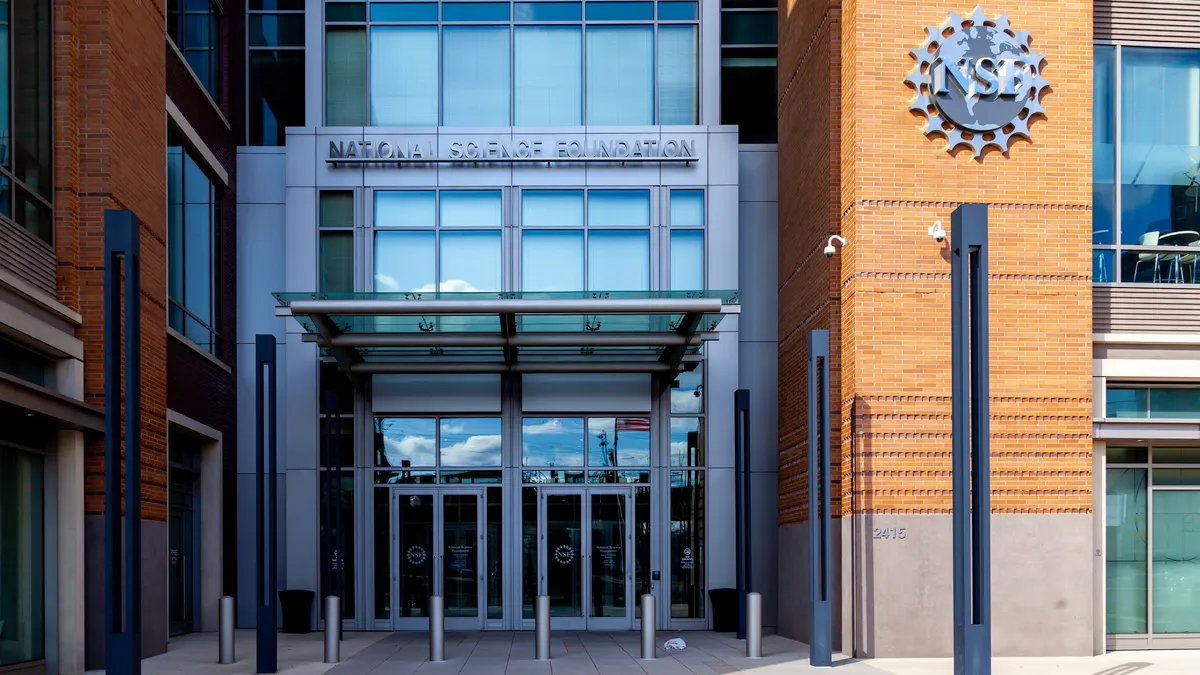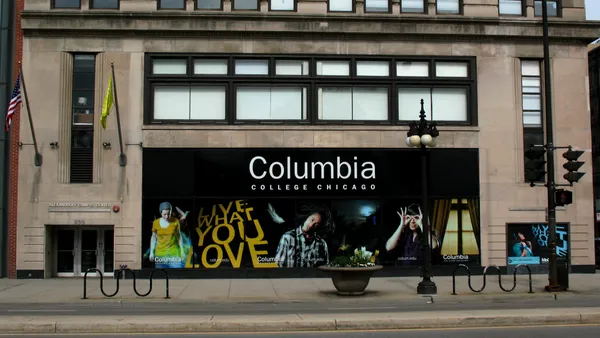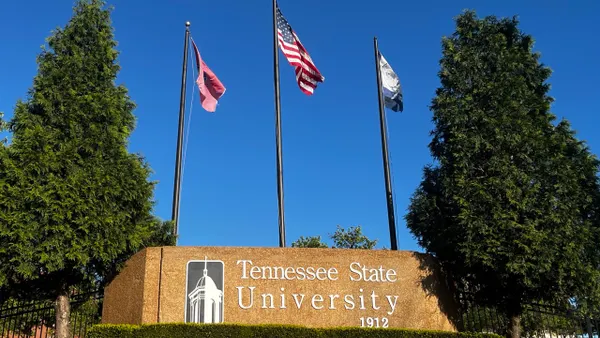The last academic year was a grim one for transfer students. Nearly 200,000 fewer of them enrolled in college, a drop of 8.4% from the year before, according to recent data from the National Student Clearinghouse Research Center. That's more than twice the 3.7% enrollment drop in the nontransfer population over the same period.
Reverse transfers fell the most out of all types
Certain types of transfer suffered more than others. Reverse transfers, or those from a four-year college to a two-year school, fell 16.2%. Lateral transfers, which are those between the same level of college, declined 11.9%. Both types of transfers also fell the year before, though by much less. Meanwhile, upward transfers — or those from a two-year college to a four-year school — had the smallest decline, of 1.3%.
Transfer enrollment of men dropped more steeply than that of women
Gender differences were stark. Enrollment of men fell more steeply than that of women across every transfer category. Their steepest declines were concentrated in lateral transfers between two community colleges, where enrollment of men fell 21.5% compared to a 10.7% decrease among women. The Clearinghouse data did not have a category for nonbinary students.
Racial differences in transfer enrollment were stark
The data also revealed striking racial disparities. Enrollment of Black transfer students declined the most, at 12.9%, followed by Native American and White students. These three groups also had some of the largest enrollment decreases out of nontransfer students, though the drops weren't as steep.
Highly selective colleges saw huge gains in upward transfers
Upward transfer suffered the least during the 2020-21 academic year. And the data shows one bright spot: Highly selective colleges saw their transfer population increase 10.3% in 2020-21. That's compared to just a 0.3% increase the year before. Conversely, less-competitive and noncompetitive institutions saw their transfer enrollment drop 4.4% and 11.6%, respectively. But it should be noted that even after the changes, less-competitive institutions enrolled more transfer students than highly selective institutions, about 101,000 versus 82,000.
Racial disparities pervaded upward transfer
However, these trends weren't even among racial or gender categories. For instance, highly selective institutions saw an 18.3% increase in Asian students' upward transfers compared to a 6.1% increase in White students. And noncompetitive institutions saw deep losses across all racial and ethnic categories tracked.



